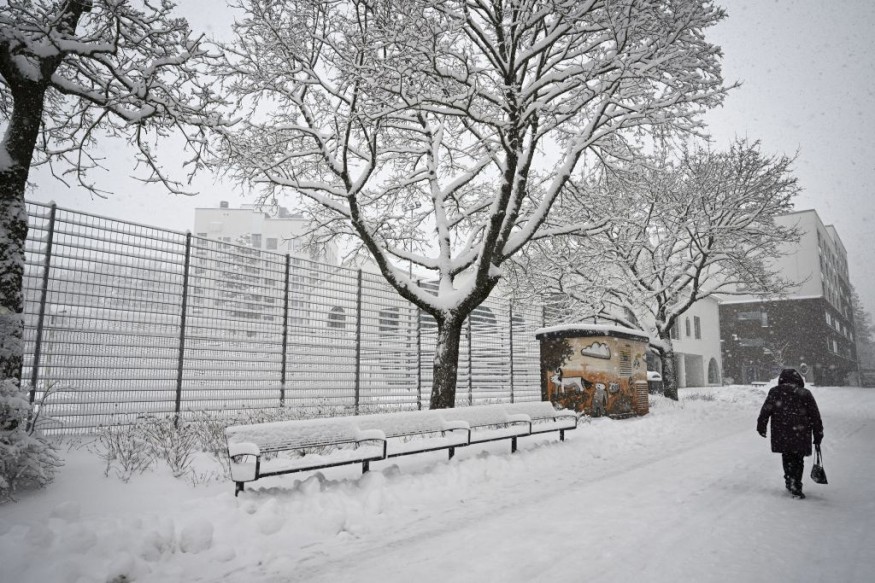
A recent study found that extreme snowfall in California will decline by 2100.
Decrease In Snowfall
California saw an exceptional snowfall occurrence dubbed a "snow deluge" last year. These uncommon events, which occur about once every 20 years, produce significant snowfalls that keep the snowpack deep into April 1.
Snowfall in the state broke records, even exceeding the snowiest year of 1922. After an extended megadrought that lasted for more than 20 years, this was a welcome reprieve.
"There's a common narrative with climate change that extreme weather events are getting more extreme. But with snow deluge, we're not seeing that's the case," said lead author Adrienne Marshall, an assistant professor of geology and geological engineering at the Colorado School of Mines.
The scientists drew their conclusions from data from the Sierra Nevada of California, the results of a snow survey, and automated snow telemetry observations-unattended, automated snow measuring sites that broadcast data to a central database.
The amount of snowfall during deluge years will drop by 58% in a scenario of moderate global warming by the end of the century, according to the study.
It added that the amount of snowfall in a typical year will drop by over 73 percent within the same period.
Conversely, there is an increasing frequency of snow droughts.
Scientists noted that although deluges need both cold and moisture, warmth or dryness alone can cause these periods without snowfall.
Although warmer doesn't always translate into less precipitation, it does raise the likelihood that it will come in the form of rain, which doesn't build up on mountains and melt in the spring like snowpack does.
In the end, the authors discovered that their findings applied not only to California but also to areas across the U.S. West, and they might have a significant effect on both people and wildlife.
The researchers noted that recent experiences have demonstrated that snow deluges can either prolong the winter ski season or reduce activities because of infrastructural damage. How much, when, and how much snow melts affects not only summertime pleasure but also hydroelectric operations.
Rely On Snowpack
Experts caution that California cannot continue to rely solely on snowpack to meet its water needs, given that the snowpack is predicted to decrease as temperatures rise.
California's problems with water management and population growth persist despite the state's recent abundance of snowfall.
The National Snow and Ice Data Center's director, Mark Serreze, claimed that recurring atmospheric rivers were the source of the snowfalls.
"Maybe we are moving back to a wetter regime, but even if we are, there is simply not enough water to go around anymore. And as the climate warms, the snowpack will keep shrinking, making it harder and harder to manage the water resources," Serreze said.
Since snowpack acts as a natural reservoir, slowly releasing water during dry months, snowpack was the focus of the study rather than rain. Even though there might still be years with a lot of snow, if greenhouse gas emissions are not decreased, it is predicted that these years will have less snow.
© 2025 NatureWorldNews.com All rights reserved. Do not reproduce without permission.





